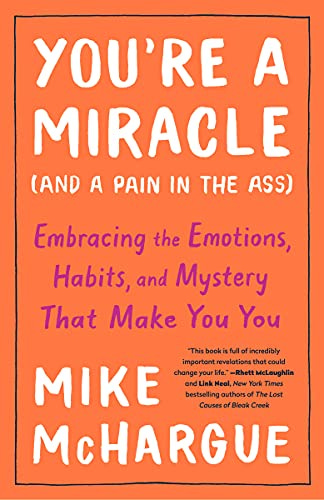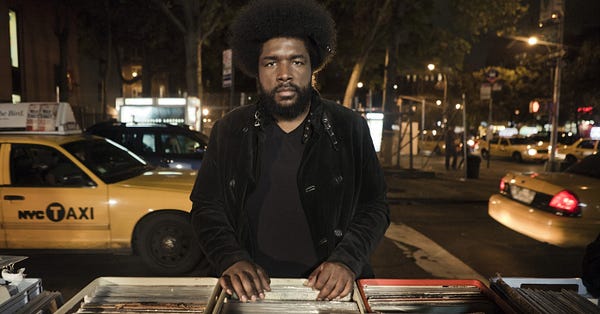What's so Wrong With Segregated Educational Spaces?
Segregated classrooms and programs give the illusion of choice.

In the elementary school where I taught for seven years, my classroom was attached to three other classrooms in what was known as a “pod”. The school had been built in the late seventies when open classrooms were all the rage. And while the rest of the pods in the school had been remodeled with walls and doors, effectively ending the open classroom concept, my pod (affectionately known as “Pod A”) still had the open floorplan.
All four of the school’s segregated disability-specific special education classrooms were located in Pod A. My classroom was for students with “severe and profound intellectual disabilities” in grades Kindergarten through 5th grade, while the other three classrooms were all for students with “mild intellectual disabilities” which were split into grade clusters K-1, 2-3, 4-5.
This meant that 100% of the students in Pod A had significant disabilities (typically occurring in 1% of the student population). Talk about an overrepresentation of students in one space!
I had many conversations with the staff at my school, from teachers to paraprofessionals to administration, about why inclusive education was a better way of educating all students. But many times my colleagues just didn’t see the urgency of changing a system they thought was working.
Often, people cite a positive community culture, distraction-free environment, specialized curriculum or instruction, and behavior support as reasons for having special education classrooms. And when families sit down with school and district staff about placement decisions for their child, special education classrooms are offered as a choice.
Don’t you want a small teacher-to-student ratio where your child will get the attention they deserve? Where there are highly trained staff on how to meet the unique needs of students with significant disabilities?
If the family advocates for their child to be included in a general education placement, they are often told that the student is not ready or the risk of failure is just too high to chance it. Thereby making the “choice” to place a student in a segregated special education classroom no choice at all. Most likely, the team never even tried to make inclusive education work for the learner.
While we are on the subject of choice, I wanted to share my thoughts about a couple of ideas that have been mentioned in comments in our posts or in messages to us directly.
Segregation is not a choice.
If it is self-imposed, it is because those individuals have created a community where they feel safe and is often a reaction to already being excluded from society. But the idea that people self-segregate is missing the larger point. There will always be the need for identity-based communities but to say that it is the same thing as segregation is ridiculous. They are not equivalent. And segregated educational spaces will always…always be separate and unequal.
Ok, back to “special ed programs.” There are still a ton of teachers who teach in segregated special education classrooms. And that number is not going to change anytime soon.
So what can you do about it? If you are a teacher stuck in this type of system and believe that inclusive education is the right thing to do for all students, you are in a tight spot! I should know, I was in the same spot for 13 years.
The first thing you need to do is know who your allies are. And if you don’t know anyone, you’ve got me. Seriously. You can always email me.
The second thing is to start telling people your vision for a better way to educate students. I would start with someone in school leadership because they are most likely the person that can make a change.
The third thing is to get help. Reach out to an organization for resources. I would highly recommend MCIE, but there are others.
There are more things you can do but this is a good start.
A lot of attention is paid to parents and teachers who are advocating for change in schools, and rightly so. But if we really want to see change, state and district leaders are the ones who need to take the mindset many of them already have and translate that into inclusive practices at the local level.
We have known that segregated education spaces are wrong. It’s beyond time for us to do something about it.
Excellence Together (A WISH Educational Initiative)
Excellence Together is connecting research to practice, designed to bring positive changes for students of all ages and abilities through collaborations with world-class educators at WISH Community and Academy Schools (wishcharter.org) and professors at leading universities and colleges.
Check out these two videos from the project about co-teaching, universal design, and embedding instruction related to student goals.
ICYMI
Dr. Eddie Fergus on Disproportionality in Special Education
7 Things You Didn’t Know Were in IDEA
5 Ableist Phrases to Stop Using Immediately
In The News
Ed Department Sets Expectations For Special Education As Schools Reopen
500 CEOs Commit To Prioritizing Disability Inclusion
The Challenge of Teaching Students With Visual Disabilities From Afar
How America failed students with disabilities during the pandemic
What I’m Reading

What I’m Watching
What I’m Listening To
What’s in my Timeline
From the Wayback Machine
11 Ways Inclusion Can Exists in a Virtual World



